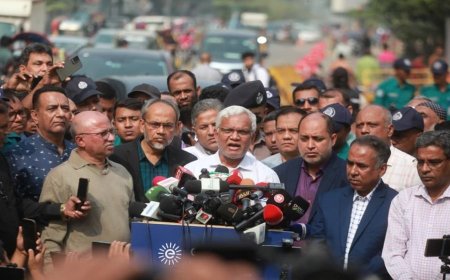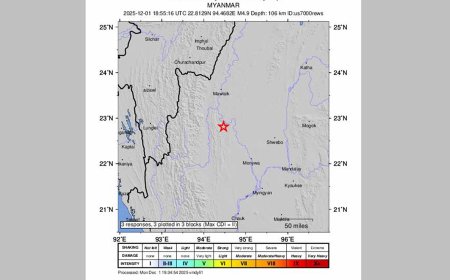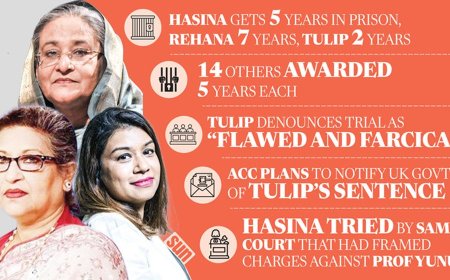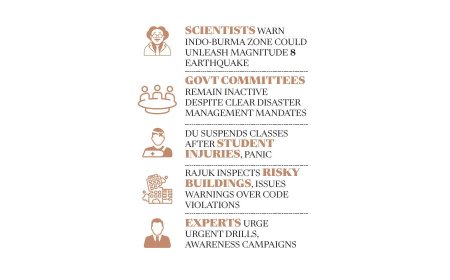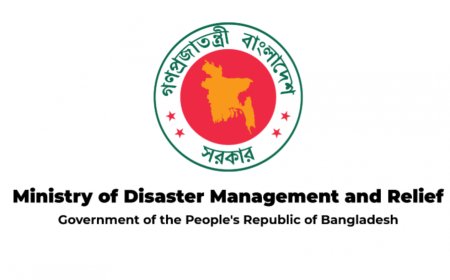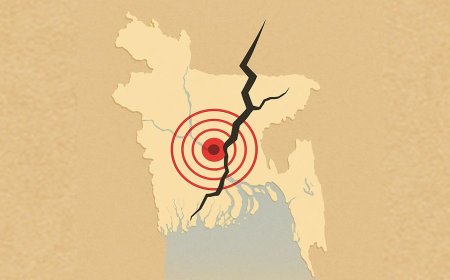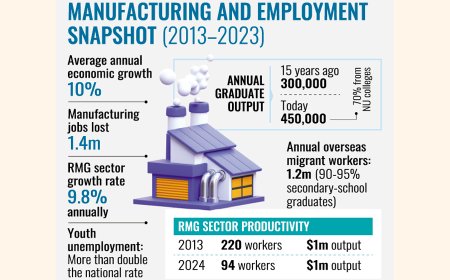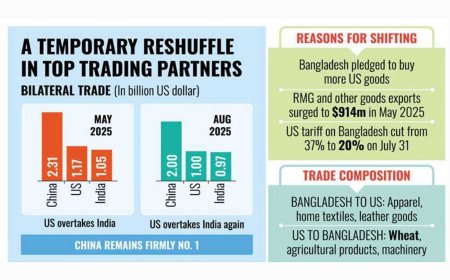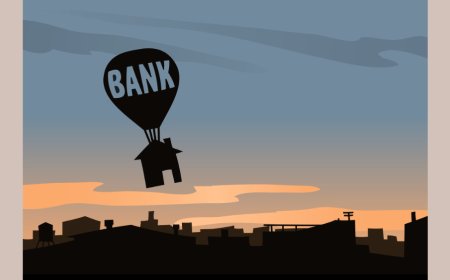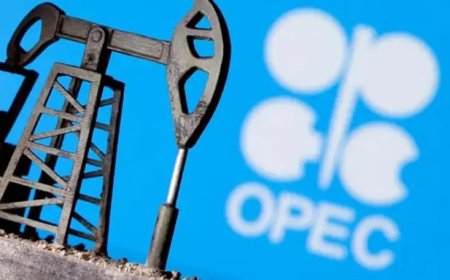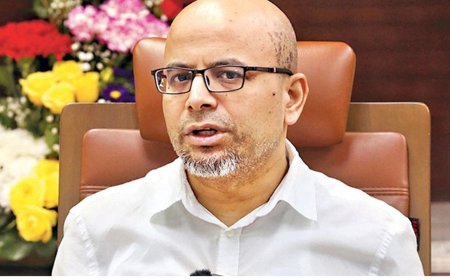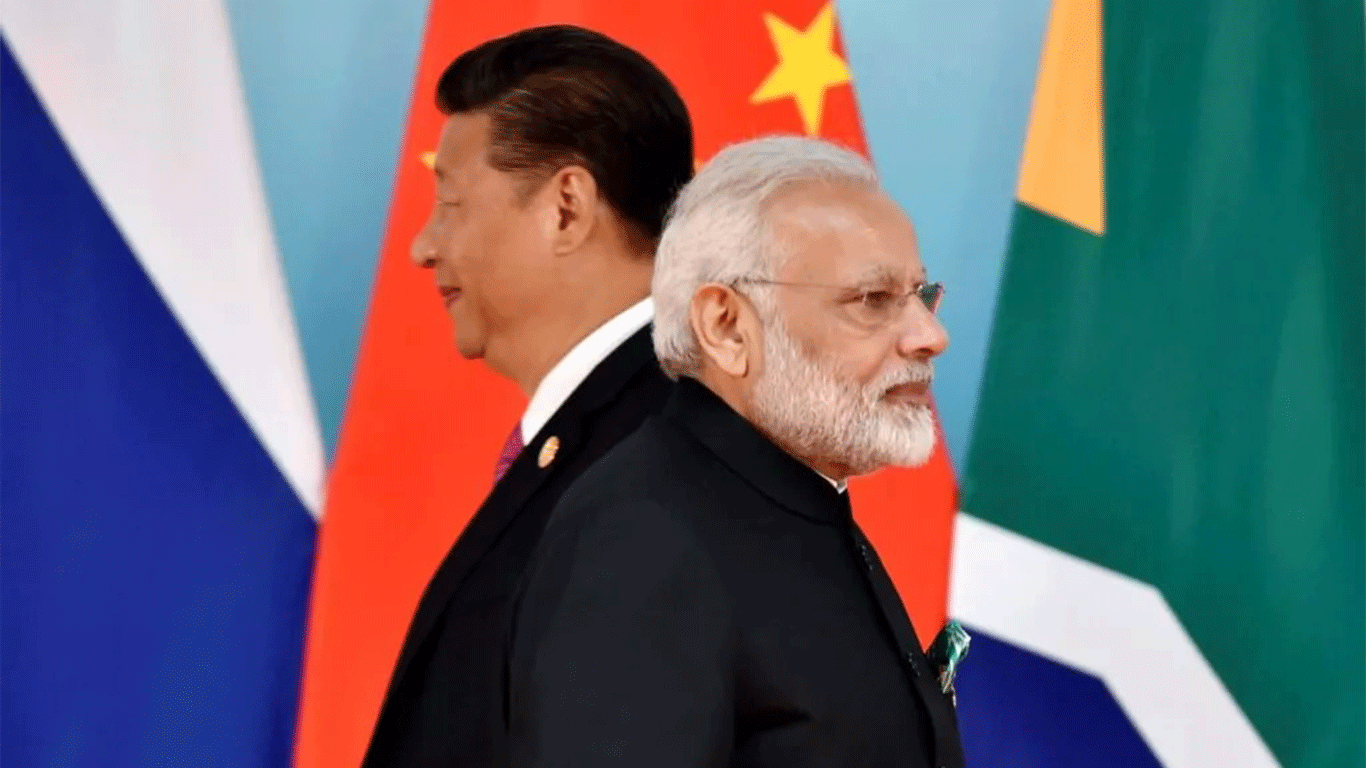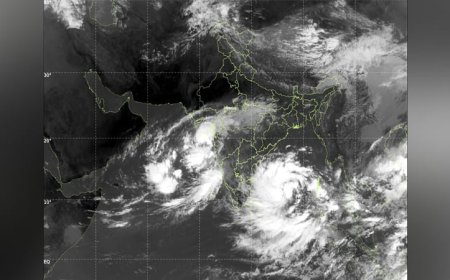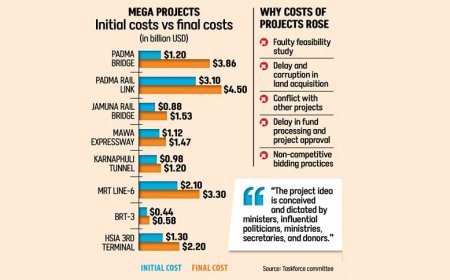Bangladesh Bank raises the policy rate to 10% in an effort to control inflation
Bangladesh Bank raises the policy rate to 10% in an effort to control inflation
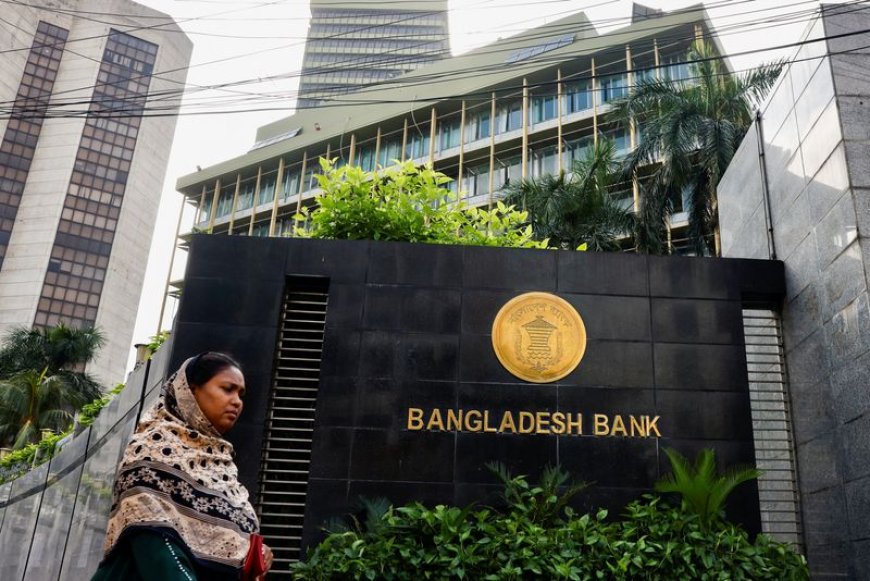
Bangladesh Bank has once again increased its policy rate (also known as the repo rate) by 50 basis points, bringing it to 10%. This decision, effective from October 27, 2024, is part of the central bank's efforts to combat the persistently high inflation that has troubled the economy for the past two years.
Understanding the Repo Rate and Its Purpose:
The repo rate is the interest rate at which commercial banks borrow money from the central bank, in this case, Bangladesh Bank, to meet their short-term liquidity needs. By raising the repo rate, the central bank makes it more expensive for banks to borrow money. This, in turn, leads to higher interest rates on loans for businesses and individuals, which reduces overall borrowing and spending. The goal of this is to reduce demand in the economy, which can help curb inflation by decreasing pressure on prices.
Why Did Bangladesh Bank Raise the Repo Rate?
1. Inflationary Pressure: Bangladesh has been grappling with high inflation for the past two years. Inflation refers to the general increase in prices of goods and services, which reduces the purchasing power of consumers. A higher inflation rate means that the cost of living is increasing, affecting households and businesses alike.
In September 2024, consumer prices in Bangladesh grew by 9.92%, which, while lower than the 10.49% recorded in August, still reflects high inflation.
The annualized inflation rate—which smooths out monthly fluctuations and gives a clearer picture of long-term inflation trends—also rose slightly from **9.95% to 9.97%**.
2. Previous Rate Hikes: This latest increase marks the **11th time** since May 2022 that the central bank has hiked the repo rate. Each of these hikes has been aimed at making borrowing more expensive, thereby reducing demand for loans, slowing down spending, and cooling off inflationary pressures.
3. Gradual Approach: The central bank has been increasing the repo rate gradually to avoid shocking the economy, but the persistence of high inflation means more drastic measures are needed. The latest rate hike, to 10%, follows a recent increase to **9.50%** in September 2024 from **9%**, demonstrating that inflationary control remains a key focus.
How Does a Higher Repo Rate Affect the Economy?
1. Higher Borrowing Costs: When the repo rate increases, commercial banks raise their lending rates, making it more expensive for businesses and consumers to borrow money.
Businesses face higher costs for taking loans to invest in expansion or operations.
Consumers may face higher interest rates on loans like mortgages, personal loans, and credit cards, which reduces spending capacity.
2. Reduced Demand and Spending: As borrowing becomes more costly, both businesses and consumers tend to cut back on spending. This decrease in demand helps slow down the pace at which prices rise, reducing inflationary pressure.
3. Impact on Savings: On the other hand, higher interest rates can be attractive for savers. People are encouraged to save more because banks offer higher interest on deposits. Increased savings can further help reduce demand-driven inflation.
4. Inflation Control: The primary goal of increasing the repo rate is to control inflation. By making borrowing costlier and reducing excess demand in the economy, the central bank aims to prevent further price increases, bringing inflation closer to a manageable level.
Economic Context and Challenges:
Persistent Inflation: Inflation in Bangladesh has been particularly stubborn due to multiple factors, including supply chain disruptions, global commodity price hikes (especially after the Russia-Ukraine war), and domestic challenges like rising fuel prices and currency depreciation.
Impact on Households: High inflation affects consumers the most, especially low-income households, as the cost of essential goods like food and fuel rises. By increasing the repo rate, the central bank is attempting to alleviate this pressure in the long term by stabilizing prices.
Short-Term Pain, Long-Term Gain: While higher interest rates may slow economic activity and hurt short-term growth, they are a necessary step to restore price stability, which is crucial for long-term economic health. The current rate hike indicates that Bangladesh Bank is prioritizing controlling inflation over stimulating short-term growth.
Exemptions and Implications:
Who is Affected: The hike impacts banks, businesses, and borrowers directly. However, certain sectors or emergency services might be exempt or face adjusted rates based on specific needs or government policies.
Potential Future Actions: If inflation remains high, the central bank may continue to raise the repo rate. Alternatively, if inflation falls, Bangladesh Bank may start cutting rates to stimulate growth.
Conclusion:
The increase of the repo rate to 10% is a clear sign that Bangladesh Bank is taking strong measures to combat inflation, despite the potential short-term economic slowdown. By making borrowing more expensive, the central bank hopes to cool down the economy, reduce demand, and bring inflation under control. However, this comes with trade-offs, including higher borrowing costs for businesses and consumers, which could impact growth. The central bank will likely monitor inflation and economic conditions closely to decide future monetary policy adjustments.
What's Your Reaction?







